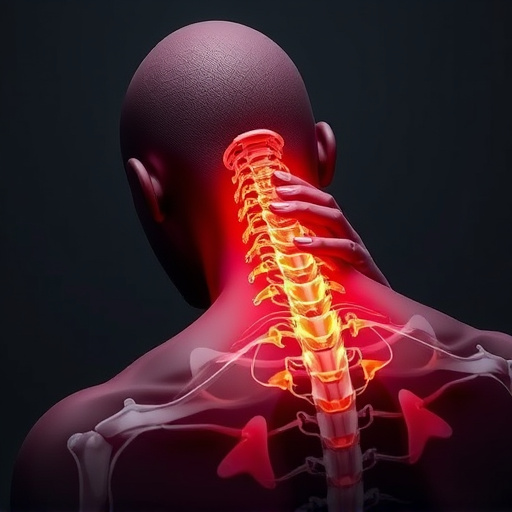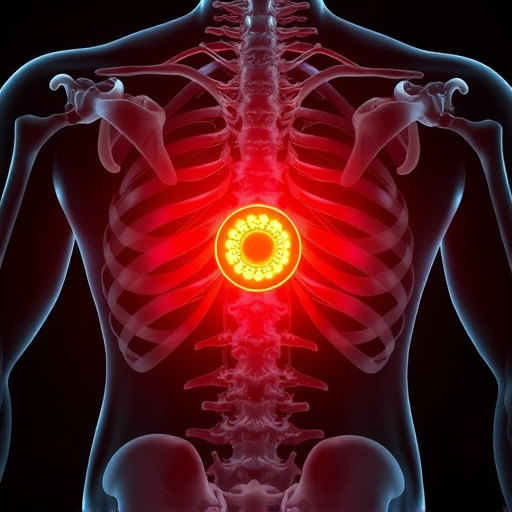An auto injury assessment is a meticulous process chiropractors use to evaluate post-accident injuries, involving a detailed medical history review, physical examination of spine, joints, muscles, and nerves, plus advanced imaging. This initial step is crucial for developing effective treatment plans tailored to conditions like whiplash and headaches, aiming to expedite recovery, prevent complications, and harness natural healing mechanisms.
“Uncover the meticulous process of auto injury assessment as performed by chiropractors. This comprehensive guide delves into the intricate steps, from initial understanding to advanced diagnostic techniques, ensuring a thorough evaluation. Learn how these professionals utilize physical examinations and state-of-the-art imaging to interpret findings, ultimately crafting personalized treatment plans. Discover the holistic approach that combines manual therapy, exercise, and patient education for optimal recovery.”
- Understanding the Auto Injury Assessment Process
- – Defining an auto injury assessment and its purpose
- – Key components of a comprehensive evaluation
Understanding the Auto Injury Assessment Process
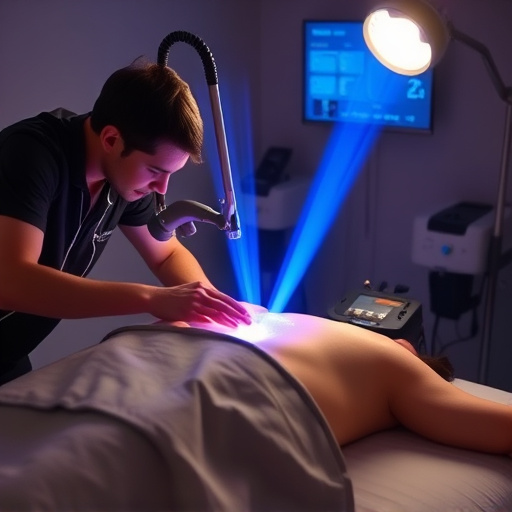
An auto injury assessment is a meticulous process that chiropractors employ to comprehensively evaluate and understand the extent of an individual’s injuries following a motor vehicle accident. It involves a series of detailed examinations, tests, and analyses tailored to identify and address specific health concerns related to automotive collisions. This initial step in post-injury care is vital as it forms the basis for developing effective treatment plans, ensuring patients receive the most appropriate chiropractic treatment.
The assessment typically commences with a thorough medical history review, where the chiropractor gathers information about the accident circumstances, previous injuries or health conditions, and current symptoms. This is followed by a physical examination focusing on the spine, joints, muscles, and nerves to identify areas of discomfort, limited mobility, or abnormal function. Advanced diagnostic tools like X-rays, MRI scans, or specialized spinal analysis may be utilized to gain deeper insights into the patient’s condition, guiding the direction of non-invasive treatment options for optimal recovery.
– Defining an auto injury assessment and its purpose
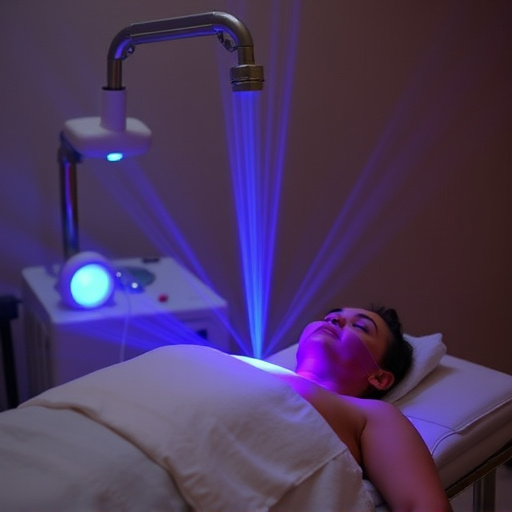
An auto injury assessment is a comprehensive evaluation process that chiropractors employ to understand and address injuries sustained in motor vehicle accidents. Its primary purpose is to accurately diagnose the extent of an individual’s injuries, which often include soft tissue damage, joint dysfunction, and nerve irritation. This detailed assessment goes beyond surface-level symptoms to uncover underlying issues that may not be immediately apparent. Chiropractors utilize a range of techniques during this process, including manual examinations, imaging studies, and patient history analysis, to tailor post-injury care strategies effectively.
The assessment is crucial in ensuring proper treatment plans for conditions like whiplash, headaches, and muscle recovery after an auto accident. By identifying specific areas of impact and associated damage, chiropractors can offer targeted interventions, such as adjustments, therapy, or recommendations for rehabilitation exercises, to alleviate pain, reduce inflammation, and facilitate the body’s natural healing mechanisms. This proactive approach to post-injury care not only accelerates recovery but also helps prevent long-term complications that may arise from untreated auto injuries.
– Key components of a comprehensive evaluation
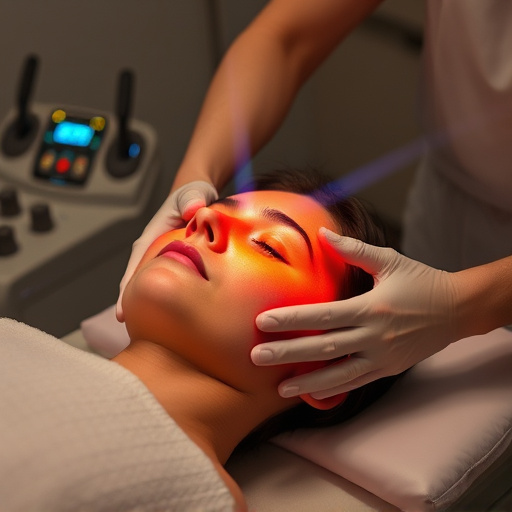
A thorough auto injury assessment by a chiropractor involves several key components to accurately diagnose and address an individual’s condition post-accident. The initial step is gathering detailed patient history, encompassing medical background, previous injuries, and the nature of the current incident. This information provides a foundation for understanding potential impacts on the patient’s overall health.
Comprehensive examinations then follow, focusing on physical attributes like posture, range of motion, and reflexes. Special attention is paid to pain assessment, identifying areas of discomfort, and evaluating their severity. Chiropractors employ advanced diagnostic tools, such as imaging scans and specialized testing, to pinpoint specific injuries, including those related to back pain relief. These personalized treatment plans are tailored to address the unique needs of each patient, ensuring effective post-injury care.
A thorough auto injury assessment is pivotal in effectively diagnosing and treating victims of motor vehicle accidents. Chiropractors employ meticulous techniques, examining physical symptoms, medical history, and imaging results to deliver comprehensive evaluations. By focusing on key components such as range of motion, muscle spasm, and pain levels, chiropractors can tailor treatment plans that address specific injuries, promoting efficient recovery and restoring mobility for those affected by auto accidents.










